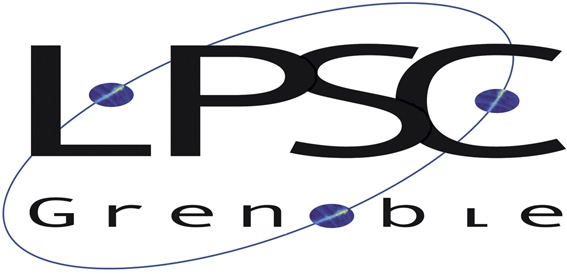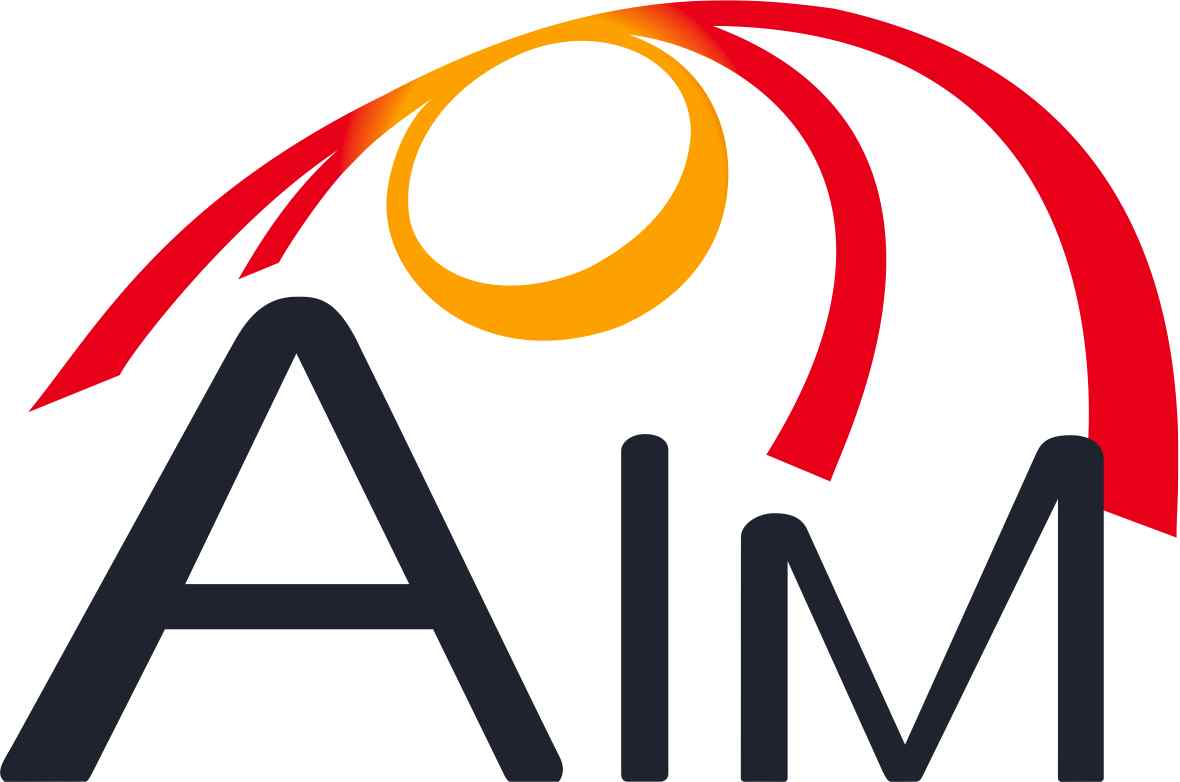Observing the millimeter sky with the NIKA2 camera
Sunyaev-Zel'dovich observationsWe aim at high-resolution observations of high-redshift clusters of galaxies via the thermal Sunyaev-Zel'dovich (tSZ) effect for which the NIKA2 camera is optimal as it operates in a dual band mode (150 and 260 GHz). The main goal is an in-depth study of a sample of 50 tSZ-selected clusters from previous arcmin-resolution catalogues. The NIKA2 expected sensitivity will enable a reliable tSZ mapping at high signal-to-noise ratio in a few hours per cluster.The tSZ effect produces the distortion of the electromagnetic spectrum of the cosmic microwave background via an inverse Compton scattering with hot electrons in the intra-cluster medium. In the last few years, the SZ effect has been widely used to detect clusters of galaxies. In particular, the South Pole Telescope (SPT), the Atacama Cosmology Telescope (ACT), the Planck Satellite and APEX-SZ have produced tSZ-selected cluster catalogues, containing thousands of objects, at arcmin resolution. tSZ surveys have proved to be competitive and complementary with respect to traditional methods of cluster detection (e.g. X-ray, optical). As the tSZ effect is redshift-independent it enables the detection of high-redshift clusters. The development of precision cosmology with clusters of galaxies requires high angular resolution observations to extend the redshift range. Within the SZ NIKA2 guaranteed time (300 hours) we will observe a large sample of clusters, 50 or more, at redshifts between 0.5 and 1.5, allowing the understanding of the distribution of matter within the cluster, and the evaluation of the scatter induced by disturbed systems in the relation between the SZ integrated flux and the total cluster mass. Previous arcmin resolution experiments (SPT, ACT, Planck, APEX-SZ) only allowed detailed studies of the intra cluster medium morphology for low redshift clusters (z < 0.2). The main scientific output will be: i) the study of the redshift evolution of the cluster pressure profile, temperature and entropy distributions, ii) the determination of scaling laws between the mass and the integrated Compton parameter for high redshift clusters. This will be achieved by combining the NIKA2 data with ancillary data and it will lead to significant improvements on the use of clusters of galaxies to draw cosmological constraints. |
Last update 30/11/2016





